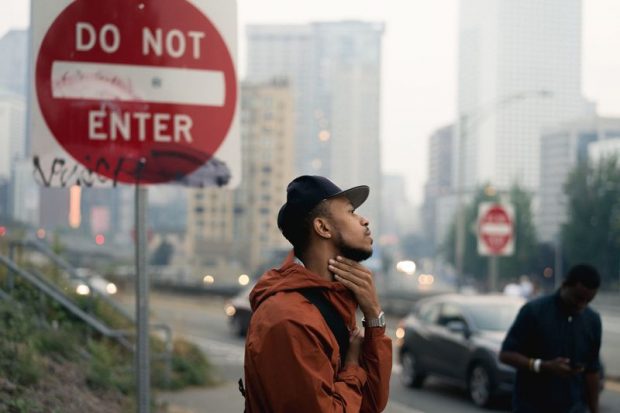Framing Streets Can Be Fun For Anyone
Table of ContentsThe Definitive Guide for Framing StreetsRumored Buzz on Framing StreetsEverything about Framing StreetsFraming Streets - The FactsThe smart Trick of Framing Streets That Nobody is DiscussingFraming Streets Things To Know Before You Buy
, usually with the aim of recording pictures at a crucial or emotional minute by careful framework and timing. https://codepen.io/framingstreets1/pen/NWJrZWo.
, that was motivated to embark on a similar documentation of New York City. As the city created, Atget assisted to promote Parisian roads as a worthwhile topic for digital photography.

Framing Streets for Beginners
Martin is the first videotaped professional photographer to do so in London with a disguised electronic camera. Mass-Observation was a social research organisation started in 1937 which aimed to tape-record everyday life in Britain and to tape-record the responses of the 'man-in-the-street' to King Edward VIII's abdication in 1936 to marry divorce Wallis Simpson, and the succession of George VI. In between 1946 and 1957 Le Groupe des XV annually exhibited job of this kind. Andre Kertesz. Circus, Budapest, 19 May 1920 Road digital photography developed the significant material of two exhibits at the Museum of Modern Art (Mo, MA) in New york city curated by Edward Steichen, Five French Digital Photographers: Brassai; Cartier-Bresson, Doisneau, Ronis, Izis in 1951 to 1952, and Post-war European Digital Photography in 1953, which exported the principle of road digital photography worldwide.

Framing Streets for Dummies
The recording equipment was 'a surprise video camera', a 35 mm Contax concealed underneath his layer, that was 'strapped to the chest and connected to a lengthy wire strung down the appropriate sleeve'. Nevertheless, his work had little contemporary effect 50mm street photography as due to Evans' sensitivities regarding the originality of his project and the privacy of his topics, it was not released until 1966, in guide Many Are Called, with an introduction created by James Agee in 1940.
Helen Levitt, then a teacher of kids, related to Evans in 193839. She documented the transitory chalk drawings - photography presets that became part of kids's street society in New York at the time, along with the children that made them. In July 1939, Mo, MA's new digital photography section consisted of Levitt's work in its inaugural exhibitRobert Frank's 1958 book,, was substantial; raw and usually out of focus, Frank's pictures examined conventional photography of the time, "tested all the official guidelines put down by Henri Cartier-Bresson and Walker Evans" and "flew in the face of the wholesome pictorialism and wholehearted photojournalism of American publications like LIFE and Time".